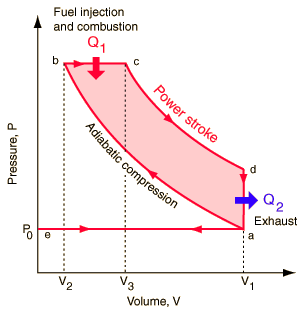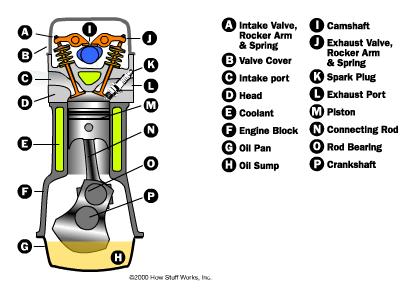
The main different options
for planes are feet, autos, transports, watercrafts and routine prepares
however they are just too moderate for today's quick paced society. Notwithstanding,
there is another type of transportation that could alter transportation of the
21st century the way planes did in the 20th century that are the Bullet
trains or the Maglev trains. Maglev trains got their name from their operating
principle that is magnetic levitation.
Principle of Operation
Magnetic levitation means that the train is rose from the
ground using magnets. No overhead power cables because the power source is
built into the track. There’s no friction from the wheels because there aren’t
any wheels! The train is suspended on a magnetic cushion above a magnetized
track and so travel free of friction. Trains are designed to float 100 mm above
the track so the only resistance it has is air resistance which makes the train
very fast,
Working
Maglev trains are all about magnets and magnets have a south
and north pole. When magnets of same poles are brought face to face they repel.
The Japanese maglev trains use this repulsion to lift themselves on the track.
Hence the train rests on the repulsive force as if it’s sitting on an invisible
cushion. Speed reached is approx. 590 km per hour. This technology has been
confined only to test tracks. While the German Maglev trains use the attractive
force of the magnets. But there’s no use of a train sticking to its track. So
the trick to hover the train on the tracks is use of electromagnets
(Electromagnet- It is a coil of wire through which
electricity passes causing a magnetic field to be produced. No friction as the
train hovers above the ground)
If electromagnets are switched on and off very rapidly, we
can defeat gravity attracting and dropping so quickly that a metal objects will
hover. There are massive electromagnets that sit under the track and when the
power is switched on, the magnets are attracted to the track causing the whole
train to float 10 mm above the track.
A separate system of magnets which are called the guide
magnets is built into the track to create a moving magnetic field that pushes
the train along with it and this makes the system very effective. Hence guide
magnets control propulsion. The vehicle is propelled by interaction of magnetic
forces between its on board magnets and the magnetic coils on the sides of the
guide way. So for the train to move the tracks need to be energized by just switching
on the power.
The magnetized coil running
along the track, called a guide way, repels
the large magnets on the train's undercarriage, allowing the train to levitate above
the guide way. Once the train is levitated, power is supplied to the coils
within the guide way walls to create a unique system of magnetic fields that
pull and push the train along the guide way. The electric current supplied to
the coils in the guide way walls is constantly alternating to change the
polarity of the magnetized coils. This change in polarity causes the magnetic
field in front of the train to pull the vehicle forward, while the magnetic field
behind the train adds more forward thrust.
How does it stop?
Maglev train
doesn't have any wheels or break shoes as there is no friction at all and no connection
with the ground. So to slow down or to stop the train the current is flown in
the reversed direction or in the opposite direction, which causes retardation
in the speed of the train and eventually brings it to rest.
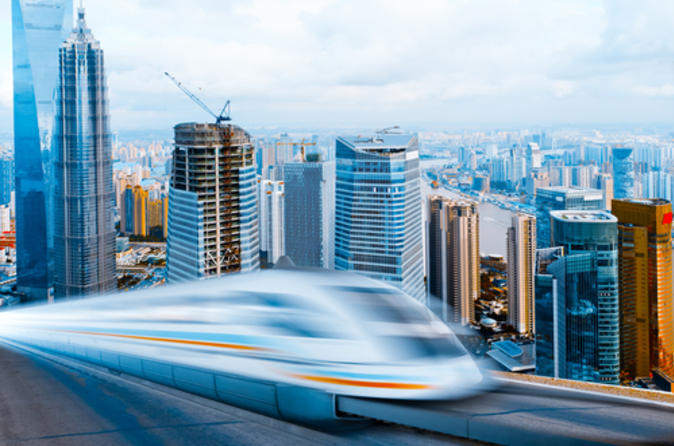
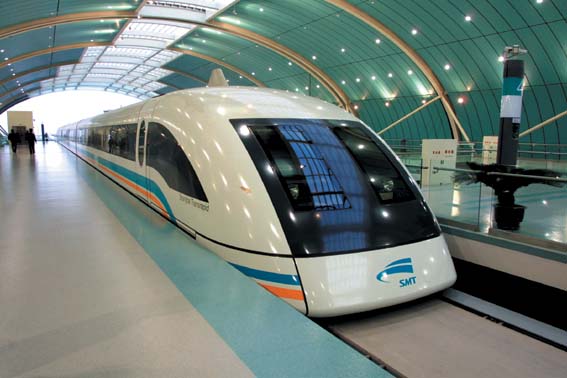
Engineers are working to improve the maglev system to make
the trains run a lot faster at a jaw dropping speed of 3500 km per hour. This has been made possible in theory by
making the train run on vacuum sheets. According to the theory the time
required to reach Tokyo from London will be 3 and a half hours. 50 million
euros per mile is an investment required to put a maglev system where the cost
of manufacturing for the train is different. Hence it is a very costly affair
for the government to look into!



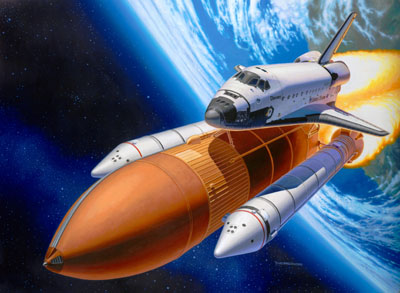




















.jpg)


